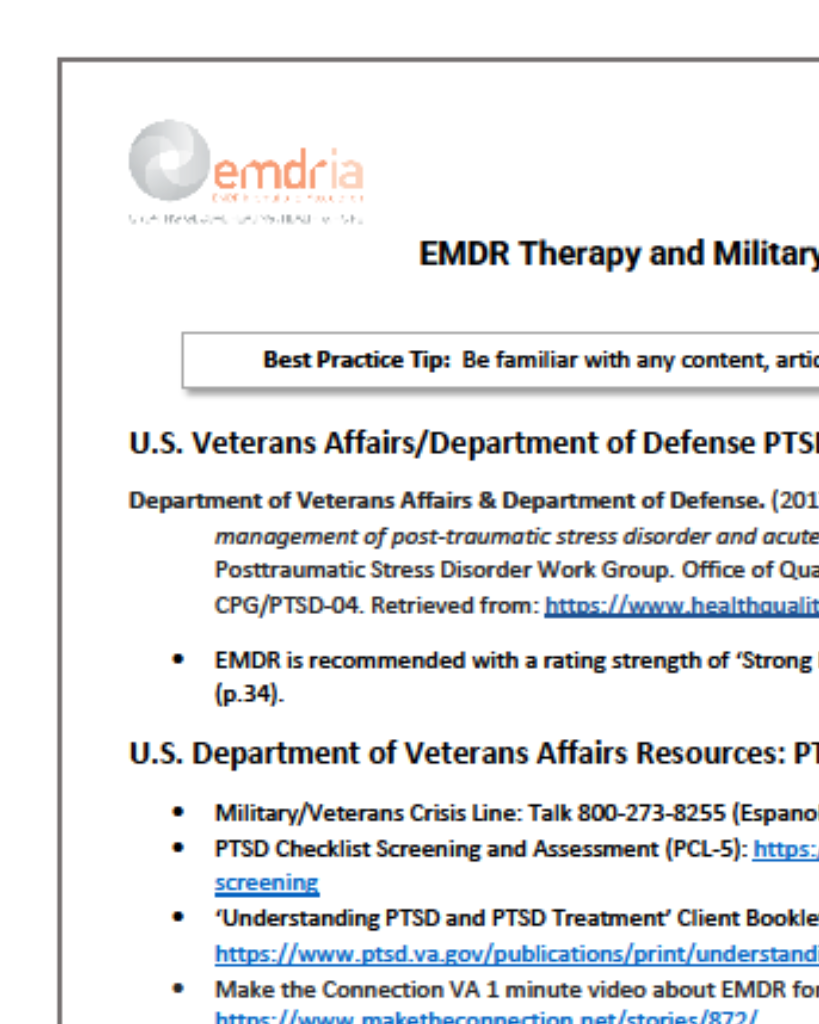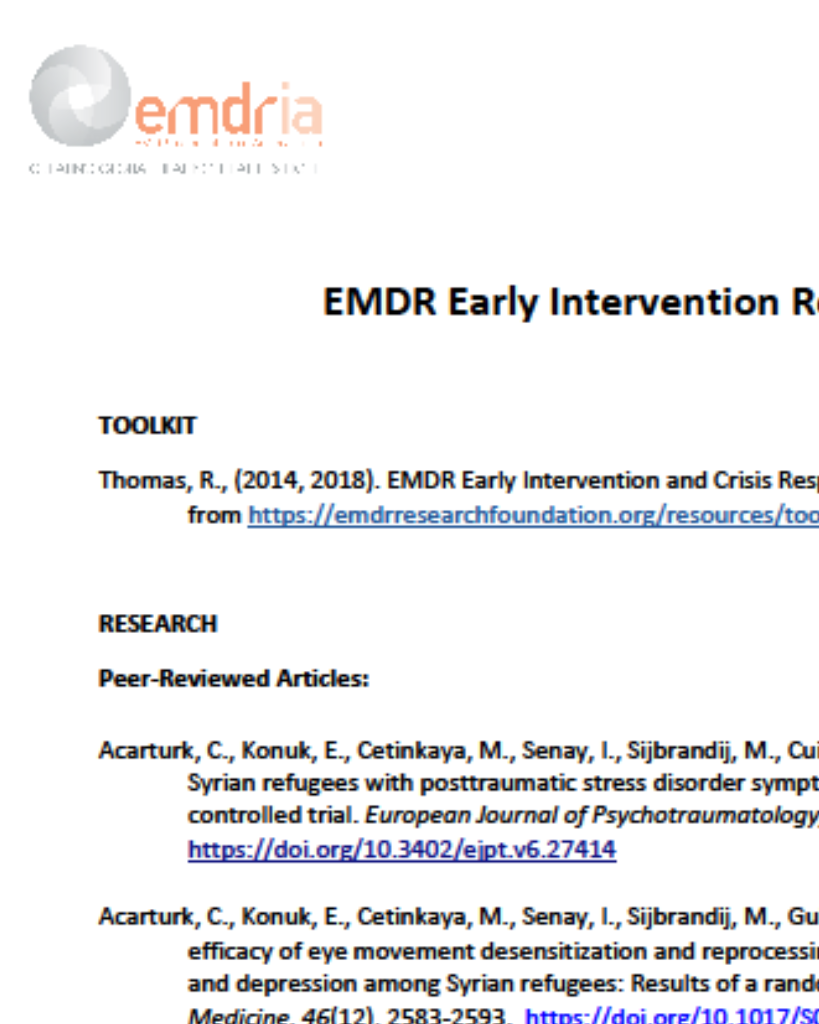The Role of the Thalamus in Post-Traumatic Stress Disorder
Mini literature review on the potential contribution of the thalamus to the pathogenesis of PTSD & the validation of therapeutic approaches.
Article Abstract
“Post-traumatic stress disorder (PTSD) has a high lifetime prevalence and is one of the more serious challenges in mental health care. Fear-conditioned learning involving the amygdala has been thought to be one of the main causative factors; however, recent studies have reported abnormalities in the thalamus of PTSD patients, which may explain the mechanism of interventions such as eye movement desensitization and reprocessing (EMDR). Therefore, I conducted a miniature literature review on the potential contribution of the thalamus to the pathogenesis of PTSD and the validation of therapeutic approaches. As a result, we noticed the importance of the retinotectal pathway (superior colliculus-pulvinar-amygdala connection) and discussed therapeutic indicators.”
—Description from publisher
Article Access
Open Access
Yoshii, T. (2021). The Role of the Thalamus in Post-Traumatic Stress Disorder. International Journal of Molecular Sciences, 22(4). https://doi.org/10.3390/ijms22041730
Date
February 9, 2021
Creator(s)
Takanobu Yoshii
Topics
PTSD
Practice & Methods
Mechanisms of Action, Neurobiology
Extent
18 pages
Publisher
MDPI
Rights
© 2021 by the author. Licensee MDPI, Basel, Switzerland. This article is an open access article distributed under the terms and conditions of the Creative Commons Attribution (CC BY) license (http://creativecommons.org/licenses/by/4.0/).
APA Citation
Yoshii, T. (2021). The Role of the Thalamus in Post-Traumatic Stress Disorder. International Journal of Molecular Sciences, 22(4). https://doi.org/10.3390/ijms22041730
Audience
EMDR Therapists, Other Mental Health Professionals
Language
English
Content Type
Article, Peer-Reviewed
Access Type
External Resource, Open Access





